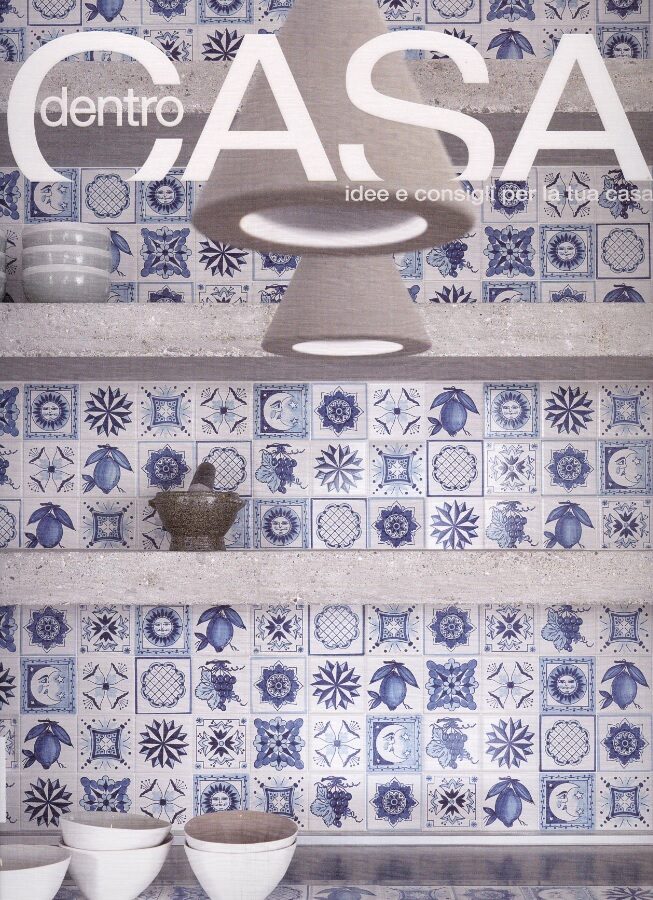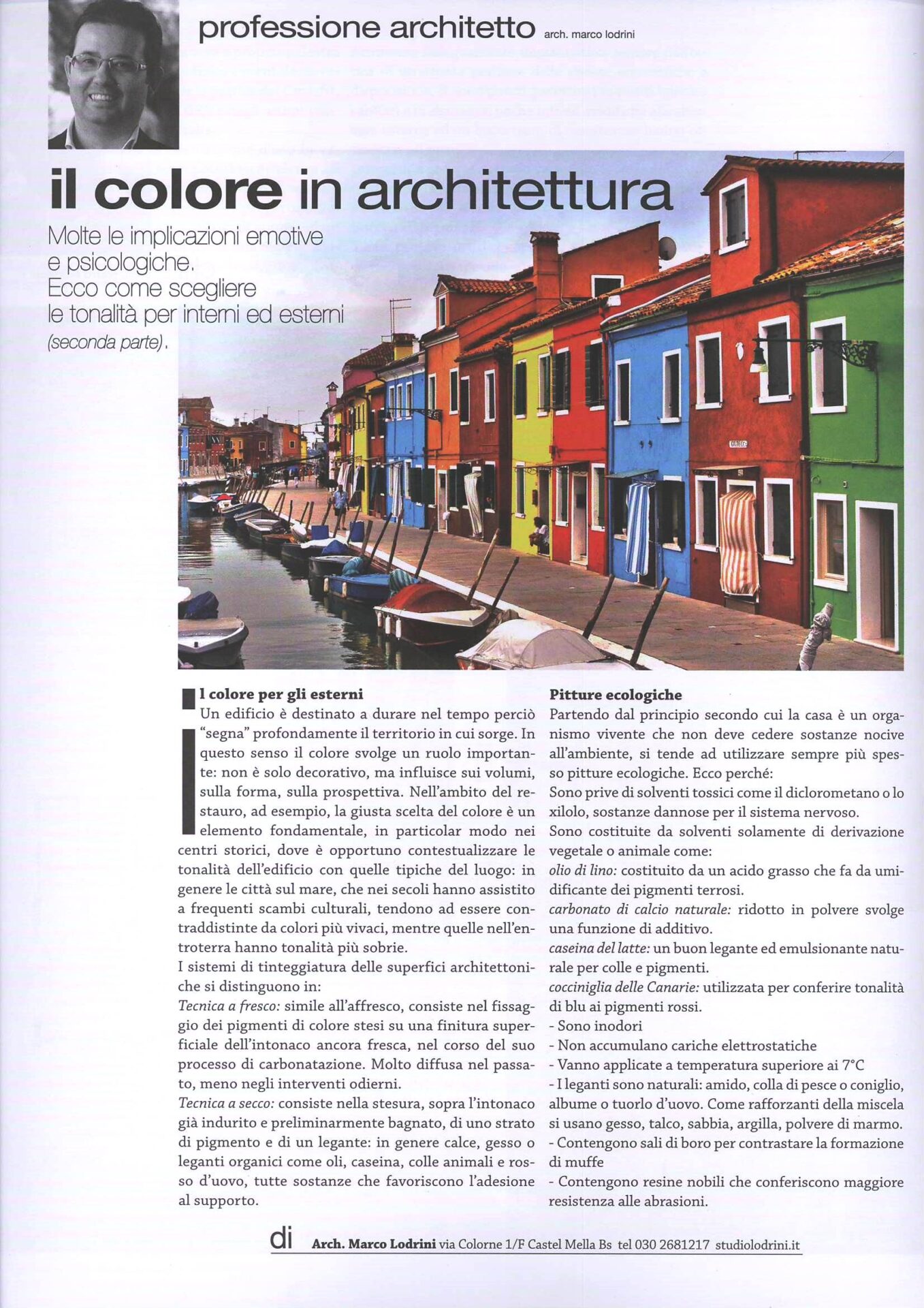Dentro casa 06 2016
Color in outdoor spaces represents a fundamental element that goes beyond simple decorative function, influencing the perception of volumes, shapes, and architectural perspective. The choice of tones must be carefully calibrated in relation to the territorial and historical context: in seaside towns, for example, brighter colors are preferred, reflecting tradition and cultural exchanges, while in inland areas, more subdued and natural palettes are favored, in harmony with the surrounding landscape.
The use of ecological paints, free from toxic solvents and composed of natural binders such as linseed oil, casein, and calcium carbonate, ensures environmental respect and durability over time. These paints are characterized by properties such as odorlessness, resistance to mold and abrasion, and application at temperatures above 7°C.
Painting techniques, such as fresco and dry methods, combine natural pigments and traditional binders to ensure optimal adhesion and long-lasting finish.
The design approach to color, therefore, goes beyond the aesthetic aspect, becoming a key element to harmoniously integrate the building into its environment and enhance the architectural and sensory quality of the spaces.



